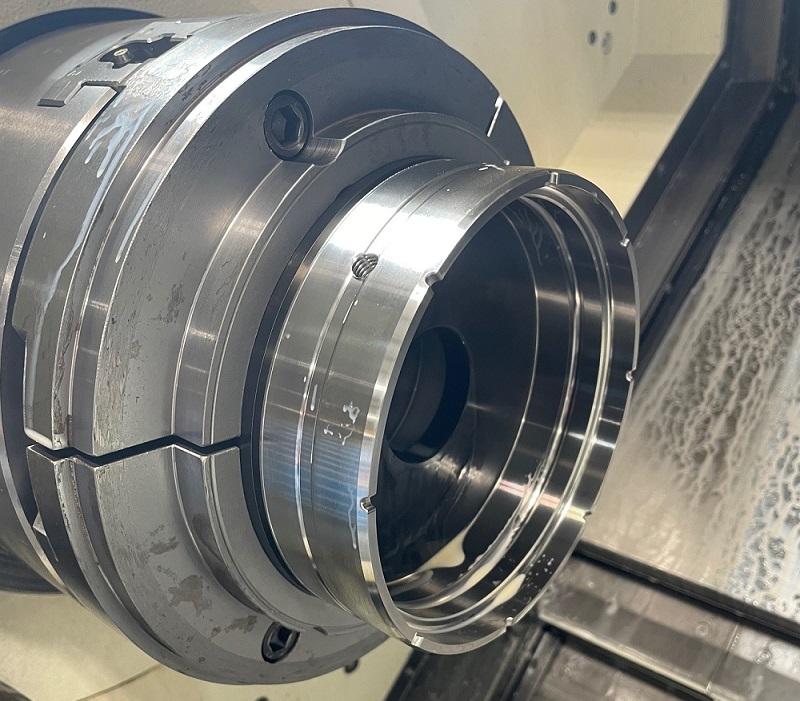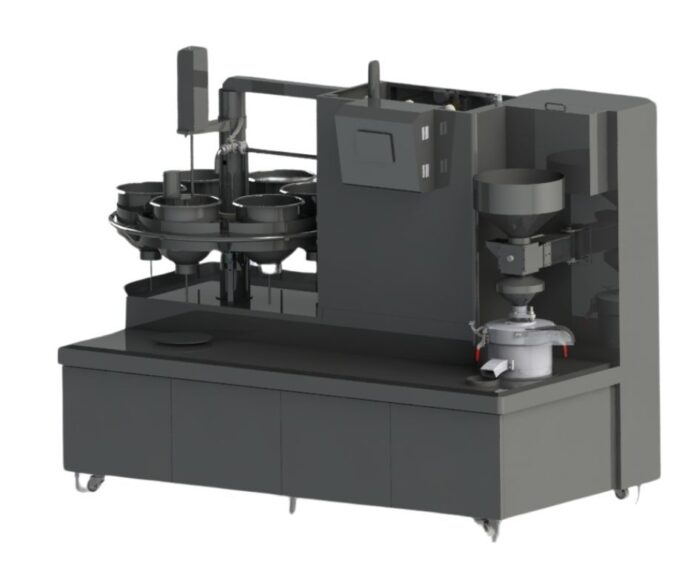In the dynamic and fast-paced world of the CNC (Computer Numerical Control) industry, the dazzling precision of machinery can often obscure a stark reality: the potential for accidents and health risks looms large over every workshop. As metal whirls and tools slice through materials with breathtaking accuracy, the need for stringent health and safety protocols becomes not just a suggestion but an absolute necessity.
Every year, countless workers face injuries that range from minor cuts to life-altering accidents, fundamentally altering their lives and livelihoods. Yet, within this environment of complexity and innovation, a culture that prioritizes safety can transform risk into resilience.
By fostering a safe workspace, we not only protect individuals but also enhance productivity, morale, and overall efficiency. Ultimately, investing in health and safety practices is not merely about compliance; it’s about cultivating an industry where craftsmanship thrives alongside well-being, allowing creativity and technology to flourish in tandem.
The Importance of Health and Safety in the CNC Industry
 Source: www.canadianmetalworking.com
Source: www.canadianmetalworking.com
In the CNC industry, prioritizing health and safety is not just a regulatory obligation—its a moral imperative that impacts every aspect of the workplace. The rapid advancement of technology has brought sophisticated machinery into play, transforming the way fabrication is conducted.
Yet, with this innovation comes the potential for serious hazards: rotating parts, cutting tools, and high-speed operations can lead to accidents that result in severe injuries or even fatalities. Workers must navigate a landscape filled with risks, which is where comprehensive safety protocols become paramount.
By fostering a culture of safety, organizations not only protect their workforce but also enhance productivity and morale. When employees feel secure in their environment, they are more likely to perform with confidence and precision, ultimately driving the success of the entire operation.
Investing in robust safety measures thus stands as a testament to a company’s commitment to its people—ensuring that every operator returns home safely at the end of each shift.
Promoting a Culture of Safety: Best Practices for CNC Operators
 Source: www.thefabricator.com
Source: www.thefabricator.com
To foster an unwavering culture of safety within the CNC industry, operators must embrace a multi-faceted approach, integrating both rigorous protocols and a shared sense of responsibility. First and foremost, ongoing education is vital; regular training sessions not only keep skills sharp but also instill an understanding of the ever-evolving safety standards.
Operators should actively participate in safety meetings, voicing concerns and proposing improvements—this creates a dynamic environment where everyone feels invested. Furthermore, a commitment to personal protective equipment (PPE) cannot be overstated; the right gear can make the difference between an ordinary shift and a life-altering incident.
Operators are encouraged to conduct routine checks on machines, identifying potential hazards before they escalate into dangerous situations. In this collaborative atmosphere, accountability thrives.
When each member of the team remains vigilant and proactive, the result is not just a safer workplace but a thriving culture that prioritizes health and safety above all else.
Training and Education: Keys to Preventing Accidents
 Source: hsi.com
Source: hsi.com
Training and education are fundamental pillars in the quest to prevent accidents within the CNC industry, a field where precision and safety intertwine. Regular, comprehensive training not only equips workers with the technical skills necessary for their tasks but also instills a deep understanding of safety protocols and the potential hazards they may encounter daily.
Imagine an operator, confident and well-versed, navigating the complexities of a CNC machine—aware of every switch, every sound, and every possible risk. This level of awareness transforms the workplace; it fosters a culture where safety becomes second nature.
Moreover, continuous education enables employees to stay updated with evolving technologies and methodologies, ensuring that their knowledge remains relevant in a fast-paced industry. After all, a well-informed workforce is the best defense against the unforeseen, reducing not just accidents but also fostering a proactive approach to health and safety.
Conclusion
In conclusion, prioritizing health and safety in the CNC industry is not merely a regulatory obligation but a fundamental necessity for promoting a productive and sustainable working environment. The intricate processes involved in manufacturing custom-milled parts demand strict adherence to safety protocols to protect employees from potential hazards. By fostering a culture of safety through ongoing training, implementing robust safety measures, and encouraging open communication, companies can minimize risks and enhance overall operational efficiency.
Ultimately, a committed approach to health and safety not only safeguards workers but also contributes to the long-term success and reputation of CNC businesses in a competitive market.




